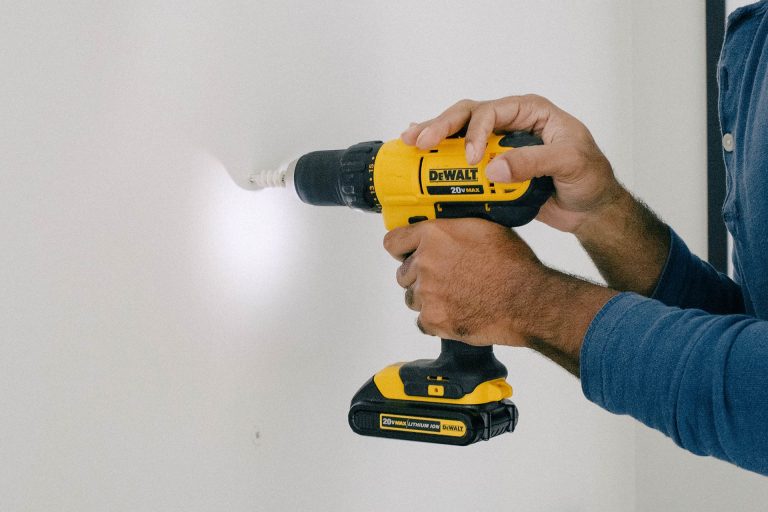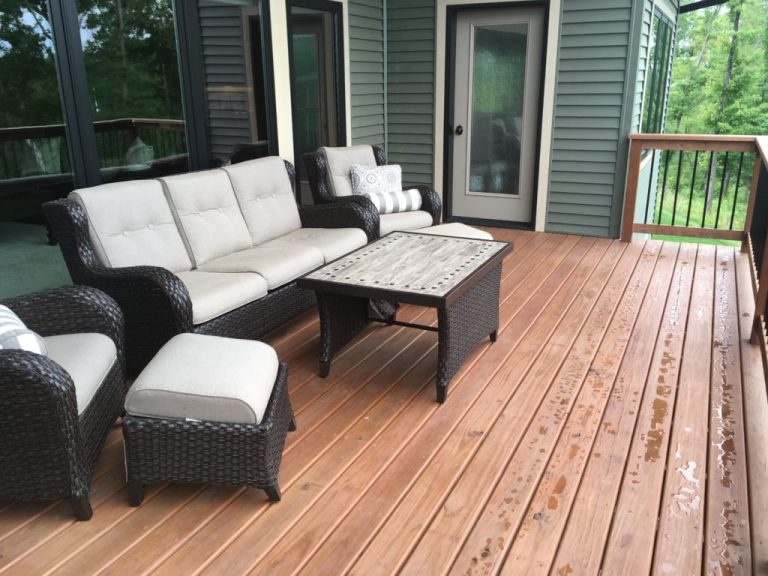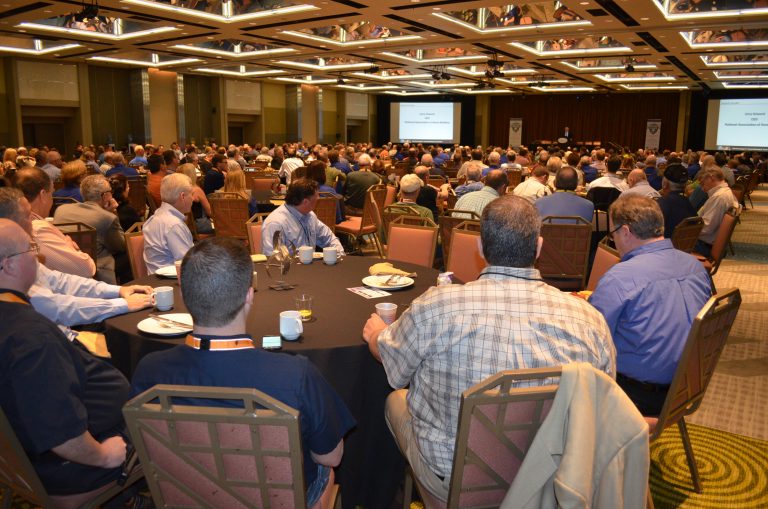What is Kiln Dried After Treatment (KDAT) Lumber?
Definition: Kiln Dried After Treatment Lumber (KDAT) is a drying process that occurs after pressure treating wood – once lumber is pressure treated with chemicals, kiln drying removes excess moisture and chemicals left behind to help minimize the natural tendencies of wood to warp, cup and shrink.
KDAT Lumber Benefits?
- Can be painted, stained, or sealed immediately without waiting.
- Even drying minimizes cups, warps, checks and shrinks
- Easier to handle, cut and plane
- Lighter than “wet” or “green” treated lumber
- More nail-holding and screw-holding power
- Easier to drill and saw
How is KDAT Pressure Treated Wood Process Different?
KDAT wood is treated similarly to “green” or “wet” wood with one key difference – after KDAT wood has been pressurized with chemicals, it goes through an extra drying step in a kiln. Using controlled temperatures, the lumber is stacked to provide airflow between each board and to ensure uniform drying. Traditional “wet” or “green” lumber that doesn’t undergo this process will take as long as 8 months to a year to dry out, usually causing problems with warps, cups, checks and shrinking over time. Once in the kiln, the moisture is reduced by as much as 80% to create a much drier piece of wood and those problematic characteristics are minimized in the process.
Switching to KDAT Because Of Composite Decking Deck Warp
One of the biggest reasons that contractors, customers and yards make the switch to KDAT over regular pressure-treated lumber have to do with the problematic issues associated with composite deck warp. As regular pressure-treated substructure shrinks, cups and warps (during the normal 8-month drying process), joists move, causing deck boards to twist and warp.
However, by using KDAT lumber, the joists natural characteristics to warp, cup twist are minimized, as the wood has already had most of the moisture removed. After all, moisture is the biggest issue associated with wood, but by using KDAT – there are fewer decking issues, callbacks and customer complaints.
Recommended KDAT Applications:
- Deck Boards, Deck Rails & Deck Substructure (Joists, Posts)
- Pergolas
- Fencing
- Boardwalks, marine construction
- Flatbed trailers
- Storage sheds
KDAT Wood Species & Sizes
Kiln Dried After Treatment wood is usually available as dimensional stock for rail components (2x4s, 2x6s, 4x4s, 6x6s and 2x2s). For decking, KDAT wood is typically available in 5/4x6s and 2x6s. And finally, for joists, stringers and beams, KDAT treated wood is commonly found in 2x8s, 2x10s and 2x12s.
Southern Yellow Pine – Also referred to as SYP, Southern pine is the most common deck framing material in the eastern United States. SYP is strong, stiff and yield a high proportion of sapwood which is ideal for absorbing preservative and chemicals.
Douglas Fir – Extremely strong and less prone to warps and splits (other than Southern Yellow Pine), this wood is predominantly found in the Western United States and Canada.
Red and Ponderosa Pine – Not as strong as Douglas Fir or Southern Yellow pine, but still good at absorbing preservatives. Found in the Northern United States and Canada.
Maintenance Costs of KDAT Vs. “Green” or “Wet” Treated Lumber?
On average, a typical “green” or “wet” pressure treated wood deck will need to be sanded, cleaned and stained and sealed every two to five years. This of course depends on the type of stain you use and what weather conditions your deck has been exposed to. Left untreated, a wood deck will fade and eventually rot.
Furthermore, a regular pressure treated deck is prone to warping, particularly in harsh climates.
Typical Maintenance of KDAT Lumber?
Similarly to wet lumber, Kiln Dried After Treatment lumber/wood sill also need to be sanded, cleaned and stained every two to five years. However, unlike traditional pressure treated wood, KDAT is much less prone to warp, twist, cup and check.
As a large percentage of moisture is removed from the wood prior to construction, boards are normally returned to as close to their dimensional size, leaving a product that is
KDAT Costs Compared to Composite and Cedar
One of the most common questions when it comes to Kiln Dried After Treatment wood is the cost. As you’ve maybe discovered by reading this article, there are many more benefits associated with KDAT wood that meets the eye. However, you’re probably thinking, that comes at a premium cost, right?
KDAT treated wood is typically 15-25% higher than traditional “wet” wood. Considering that the wood goes through an extra step (the drying process), it is considered to be a “specialty product.” However, some companies like Northern Crossarm Company go the extra step and add pre-finished brown, eliminating the need for routine deck maintenance for up to 4 years.
Compared to cedar (which demands premium 30%+ pricing differences compared to traditional wet lumber, KDAT usually sits in the middle between the high price of cedar and the low price of commodity lumber like green or wet pressure treated wood.
Common Pressure Treated Chemicals
Common pressure treating chemicals include “CCA, ACQ and MCA”. Chromated copper arsenate (CCA) has since been restricted in residential settings due to the health and environmental concerns of arsenic leaching out of the wood. A widely used alternative to CCA is ACQ, (alkaline coper quat). And finally, a greener, more commonly treating chemicals that’s gained wide momentum in recent years (MCA) or Micronized Copper Azole. Extremely versatile, MCA can be used in Above Ground, Ground Contact and Freshwater Contact applications. It’s a copper-based wood preservative and provides long-term protection of wood exposed in exterior applications
The Traditional Pressure Treating Process
Pressure-treated wood is immersed in a liquid preservative (commonly chemicals) and placed inside of a pressure chamber. Once inside the pressure chamber, the chemical preservative is forced into the wood fibers, effectively penetrating to the core of each piece of wood.





